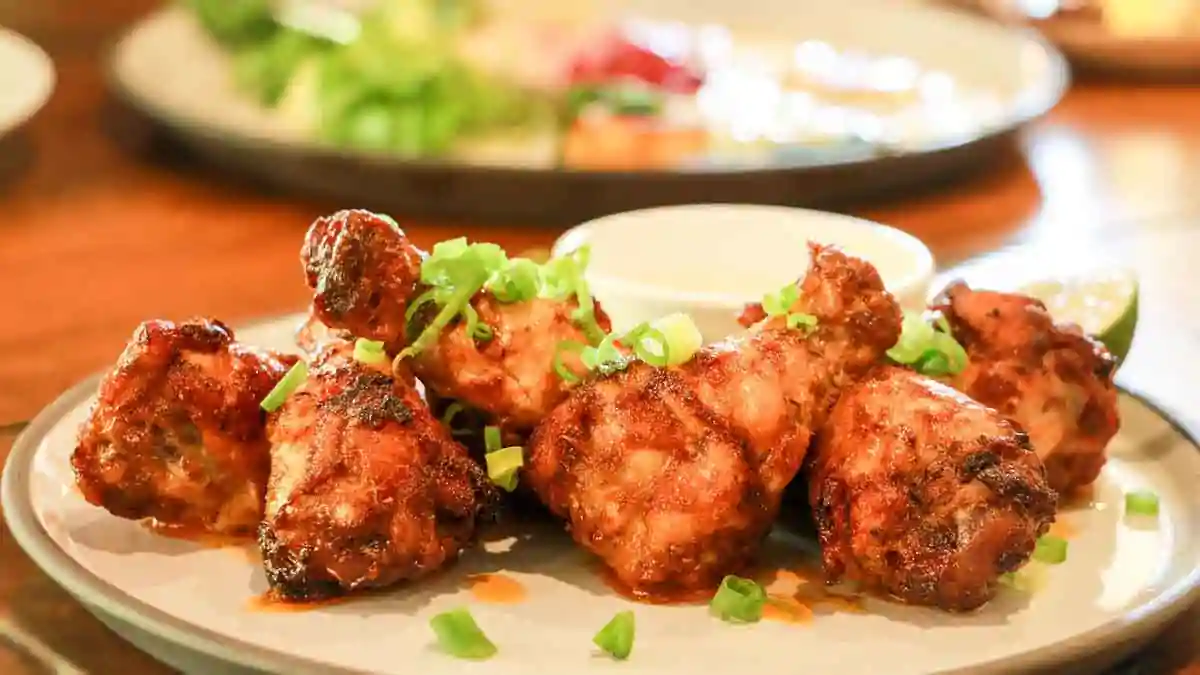Chicken is such a versatile ingredient, and I love how many different ways I can cook it. Whether I’m in the mood for something simple or a little more adventurous, there’s always a method that suits my taste. Let me share with you these seven different ways to cook chicken that are easy, fun, and delicious.

1. Grilling
Grilling chicken is one of my favorite methods because it adds a smoky flavor that is hard to beat. I start by marinating the chicken in a mix of olive oil, lemon juice, garlic, and herbs. Then, I heat up the grill and cook the chicken until it has nice char marks and is cooked through. It’s perfect for summer days and pairs well with a fresh salad or grilled vegetables.
2. Baking
When I want a hands-off cooking method, I go for baking. I preheat the oven to 375°F (190°C), season the chicken with my favorite spices, and place it in a baking dish. Then, I pop it in the oven for about 25 to 30 minutes. The result? Juicy, tender chicken with a crispy skin. Baking is great when I want a healthy meal without much effort.
3. Stir-Frying
Stir-frying is my go-to when I need a quick meal. I cut the chicken into thin strips and cook it over high heat with a bit of oil. I toss in some vegetables like bell peppers, broccoli, and snap peas, and add a splash of soy sauce or teriyaki sauce. In less than 15 minutes, I have a tasty, colorful dish that’s full of flavor and texture.
4. Poaching
Poaching is perfect for when I want something light and healthy. I fill a pot with water or chicken broth, add a few aromatics like onion, garlic, and herbs, and bring it to a simmer. Then, I gently lower the chicken breasts into the liquid and let them cook for about 15 to 20 minutes. Poached chicken is moist and tender, and I like to use it in salads or sandwiches.
5. Roasting
Roasting a whole chicken is such a comforting way to cook. I rub the chicken with butter or olive oil, season it with salt, pepper, and herbs, and stuff the cavity with lemon and garlic. Then, I roast it in a preheated oven at 425°F (220°C) for about an hour or until the skin is golden and crispy. The smell of roasted chicken fills the house, and it makes the perfect centerpiece for a family meal.
6. Sautéing
Sautéing chicken is a simple and quick method that I often use for weeknight dinners. I heat a little oil or butter in a pan, add the chicken, and cook it over medium-high heat until it’s browned and cooked through. I might add a splash of wine or broth to create a light sauce. Sautéed chicken is versatile and can be served with pasta, rice, or vegetables.
7. Slow Cooking
When I have time in the morning, I love to use my slow cooker. I place chicken breasts or thighs in the cooker with some onions, garlic, tomatoes, and spices. Then, I set it on low and let it cook for six to eight hours. By dinner time, I have tender, fall-apart chicken that’s infused with flavor. Slow cooking is ideal for making soups, stews, or shredded chicken for tacos and sandwiches.